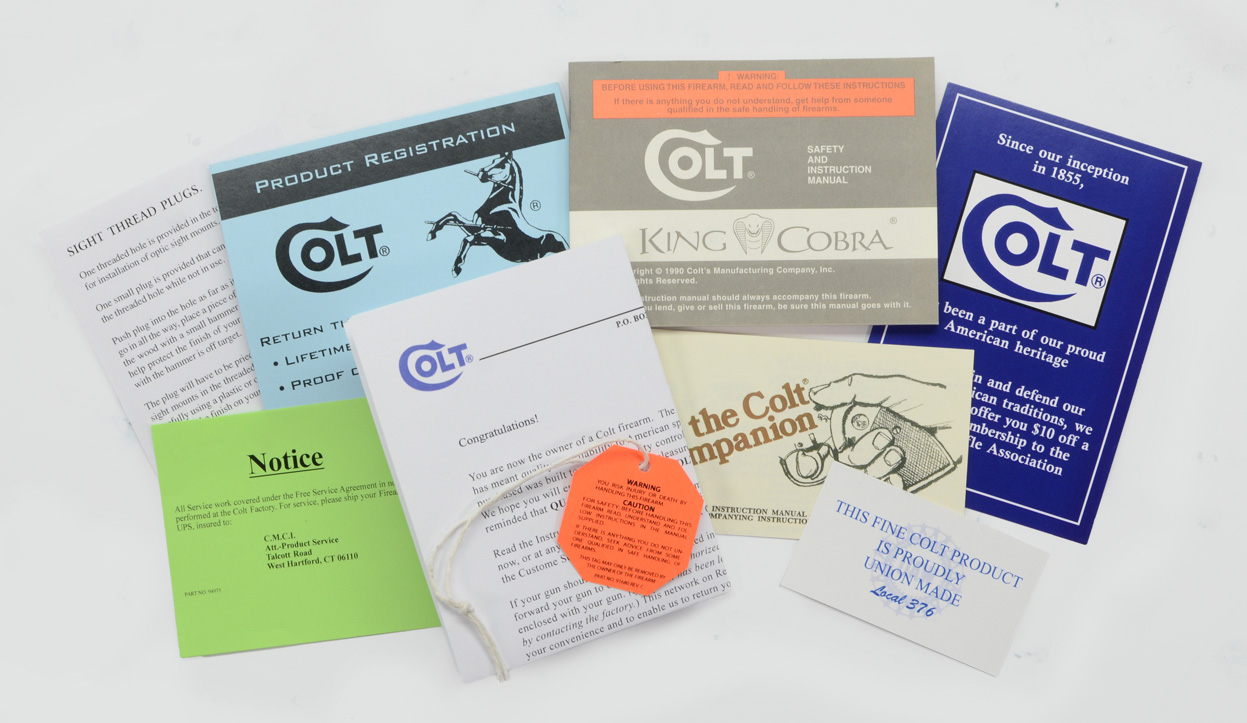5 Easy Steps to Fill and Sign Paperwork Online

What are the Benefits of Going Paperless?

Transitioning from physical paperwork to digital solutions brings a myriad of benefits. Here are some key advantages:
- Efficiency: Digital workflows reduce the time and effort needed to process paperwork.
- Cost Savings: You eliminate the need for paper, ink, and physical storage solutions.
- Accessibility: Documents can be accessed from anywhere, making remote work and collaboration easier.
- Environmental Impact: Less paper use means a smaller carbon footprint.
- Security: Digital signatures can be more secure with encryption and authentication protocols.
Understanding Online Document Signing

Before diving into the steps, it's crucial to understand what online document signing entails:
- eSignatures: Digital representations of your signature that are legally binding in most jurisdictions.
- Security: Services often provide encryption and multi-factor authentication to ensure document integrity and user verification.
- Platforms: Numerous platforms offer document signing capabilities like DocuSign, Adobe Sign, and SignNow, among others.
- Legal Compliance: Ensure the eSignature service complies with regional and international laws like ESIGN, UETA, or eIDAS.
Step-by-Step Guide to Fill and Sign Paperwork Online

Step 1: Choose Your eSignature Service

Decide on an eSignature platform based on the following considerations:
- Security features like encryption and two-factor authentication.
- User experience, including ease of use and interface design.
- Pricing, considering whether it fits your budget, especially if used frequently.
- Compatibility with other tools you might already be using like CRM or project management software.
Popular options include:
| Service | Security | Interface | Pricing |
|---|---|---|---|
| DocuSign | High | Intuitive | $10-$35/month |
| Adobe Sign | High | Familiar for Adobe users | $15-$42/month |
| SignNow | Moderate | Simple | $8-$30/month |

💡 Note: Many platforms offer a free tier with basic functionalities. However, for frequent use, consider a paid subscription for added features and compliance.
Step 2: Create or Upload Your Document

The process typically involves:
- Selecting 'New Document' or 'Upload' from the platform’s interface.
- Choosing the file from your device or integrating with cloud storage like Google Drive or Dropbox.
- Supported formats usually include PDF, Word, Excel, and images.
- Fill out form fields, if present, or prepare the document for signing.
Step 3: Fill in the Form

Here's how you can easily fill in the forms:
- Use the platform's tools to add text boxes, checkboxes, and dropdowns.
- Enter the information required in each field.
- Check for mandatory fields or missing information before moving to the next step.
- If you need to add attachments or annotations, do so using the tools provided.
Step 4: Apply Your Signature

The process for adding your signature differs slightly by platform but generally includes:
- Clicking on a button or icon labeled 'Sign' or 'Signature.'
- Choosing to draw, type, or upload an image of your signature.
- Placing the signature in the appropriate position on the document.
- Initialing or stamping, if necessary, for initials or date fields.
Step 5: Send or Store the Document

After signing:
- Review the document to ensure all fields are completed and signatures are in place.
- Save the document to your local drive or cloud storage.
- If it needs to be sent for review or further signatures, follow the platform's instructions for sending.
- Track the progress of the document if it's part of a workflow.
🔒 Note: Remember to keep a secure record of all signed documents for legal and archival purposes.
The transition to digital document management not only streamlines processes but also aligns with current trends towards sustainability and remote work. By implementing these five steps, you can efficiently fill and sign paperwork online, ensuring that your business or personal documentation needs are met promptly and securely. Digital document management systems offer a host of advantages, from time savings to environmental benefits, making the shift from paper not just a smart choice, but an essential one in today's digital age.
Is an electronic signature legally binding?

+
Yes, in many jurisdictions, electronic signatures are considered legally binding provided they meet specific requirements like authenticity and integrity of the signature. Laws like ESIGN, UETA, and eIDAS support this.
Can I sign documents on mobile devices?

+
Yes, most eSignature platforms offer mobile apps or responsive web designs, allowing you to fill and sign documents on smartphones or tablets.
How do I ensure the security of my electronic signature?

+
Choose a platform with strong security features like encryption, multi-factor authentication, and audit trails. Regularly update passwords and keep your devices secure to prevent unauthorized access.



